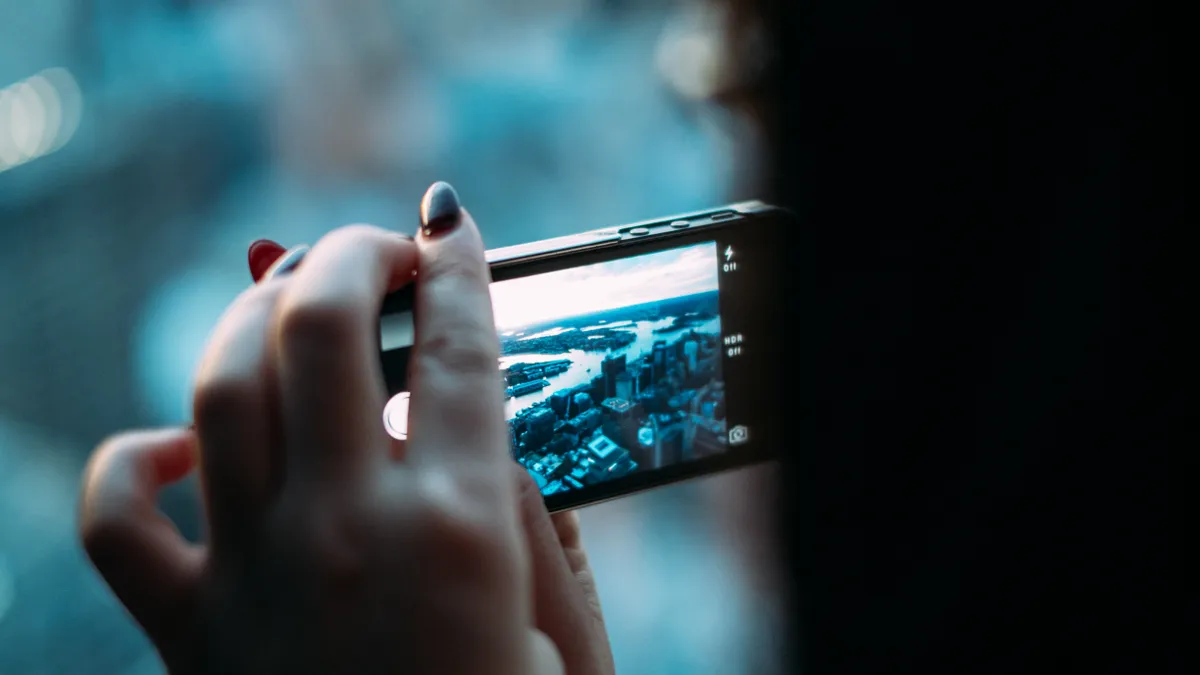Dive Brief:
- Google made its Video Ad Sequencing tool available globally following a beta period, enabling marketers to cut the same creative in different ways to run a series of ads across screens and ad formats so they can tell a story that unfolds over time, the company said in a blog post.
- New research conducted with Ipsos found that sequences of six-second and TrueView ads can drive results across customer journeys, and sequencing a six-second ad followed by a TrueView ad increased ad recall by 118% and purchase intent by 40%. Using the same creative cut in different ways can drive upper funnel metrics like ad recall, and sequences using different creative messages can boost purchase intent by 67%.
- In one example, 20th Century Fox used Video Ad Sequence to reimagine the trailer for the film “The Greatest Showman.” The campaign saw awareness and consideration lifts that were five times stronger than similar campaigns.
Dive Insight:
As digital video consumption continues to grow across screens, marketers are looking for how best to leverage video ads in different contexts. Just like it is not a best practice to port a 30-second TV ad over to digital channels, it may also not make sense for marketers to run the same digital video ad on video streaming and social media platforms. Consumers are also increasingly aware of being targeted with the same ad as they move around the web, something many find creepy. Google's Video Ad Sequence tool is one way marketers can start to consider different digital video formats and creative cuts to create a story over time through their ads.
Sequences of ads can help marketers make the most of six-second ads, per Google. The company recommends that brands use the short format to tease a longer form ad to come. Using six-second ads to tell a story could be one way for marketers to add a bigger emotional punch to six-second ads, which research shows deliver strong viewership rates but often lack on the emotional front.
Creating more compelling video ads could help brands resonate more with younger audiences. Seventy-six percent of consumers and 85% of millennials say they’ve purchased a product or service after watching a video, according to recent research by Brightcove, which defines millennials as those aged 18-34. Millennials say video is the most memorable and engaging format, and the one they prefer most. Sixty-six percent of millennials and 53% of all consumers say they’ve engaged with a brand after watching a video on social media.
Overall, online video viewership is projected to exceed 200 million in 2018, nearly reaching TV audiences, which will reach 258 million, according to Forrester research. Video ad spending is expected to grow from $91 billion in 2018 to $103 billion by 2023, and the total share of video ad spending will jump from 21% in 2018 to 34% in 2023.
Google has been working to enhance its video ad offerings. The company introduced video in Showcase Shopping ads and shoppable images on publishers’ sites. Video is an extension for Showcase Shopping ads, which Google launched last year, giving marketers the chance to upload multiple product images to a single ad.














